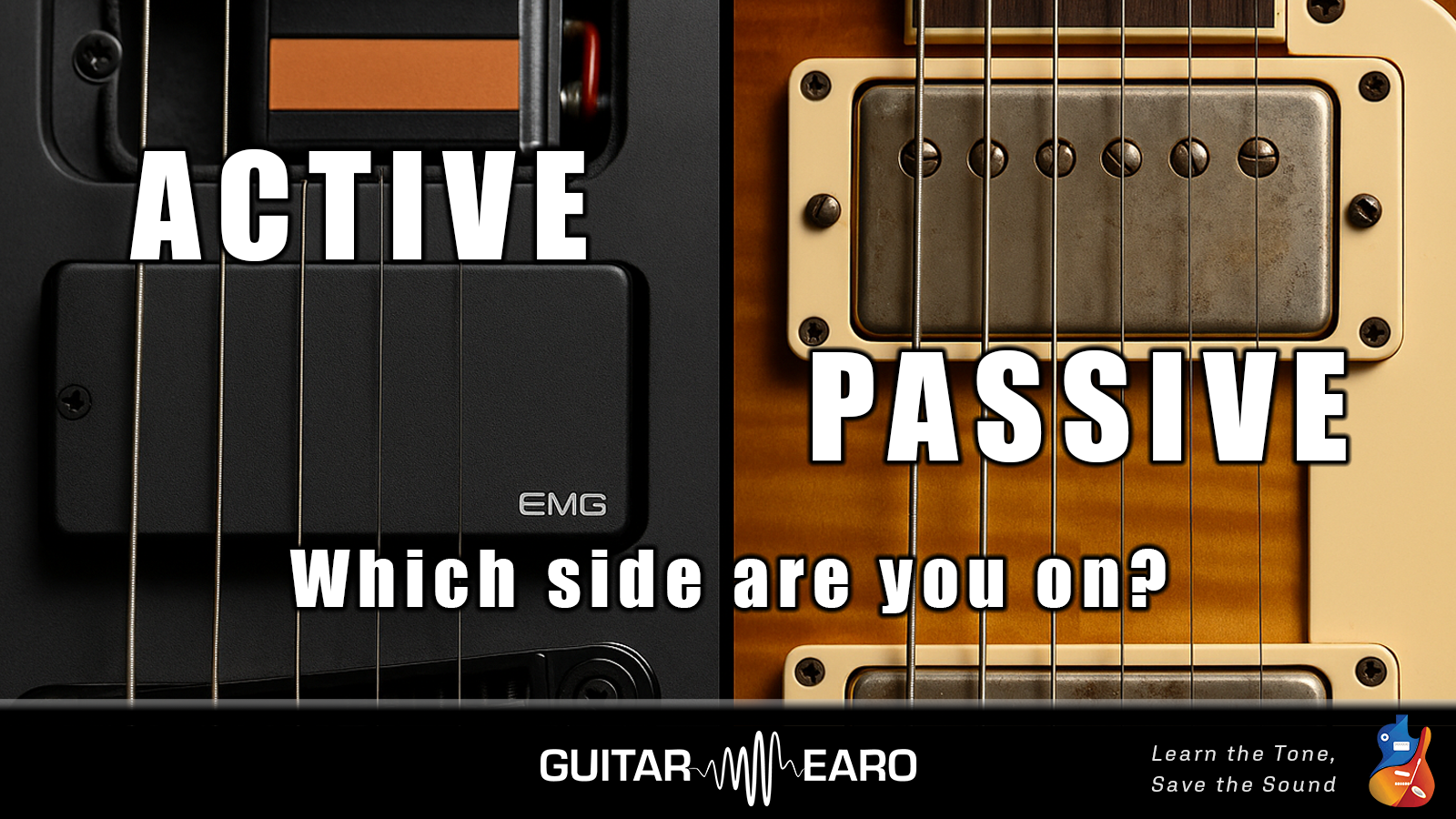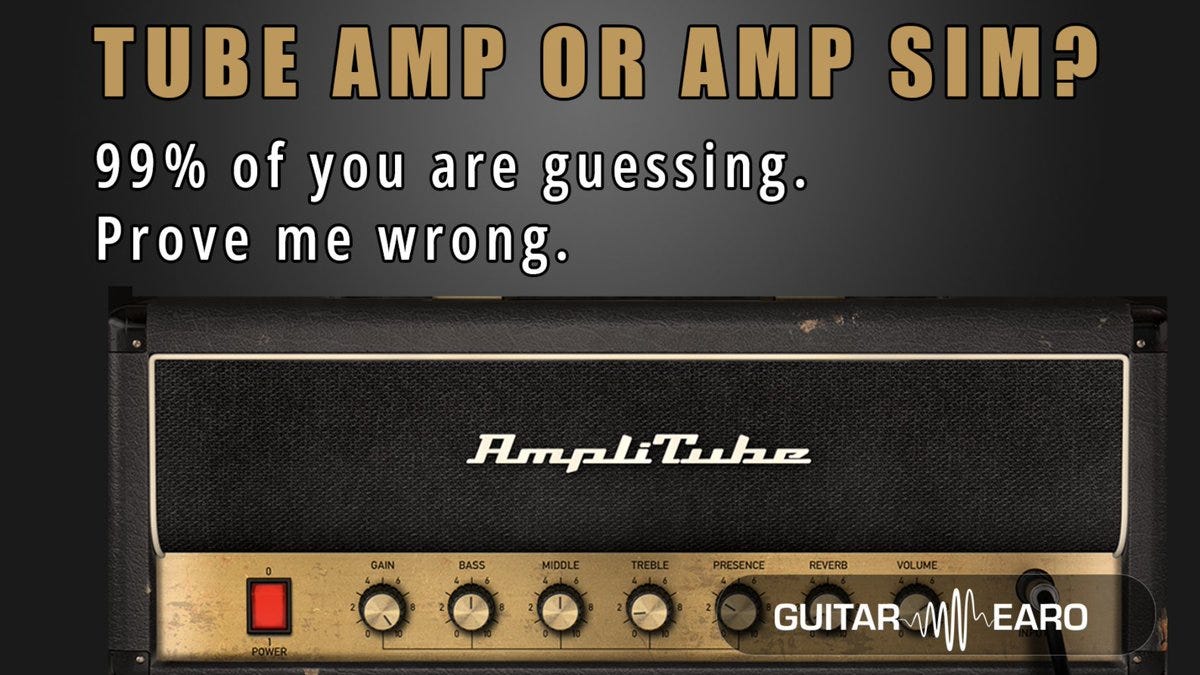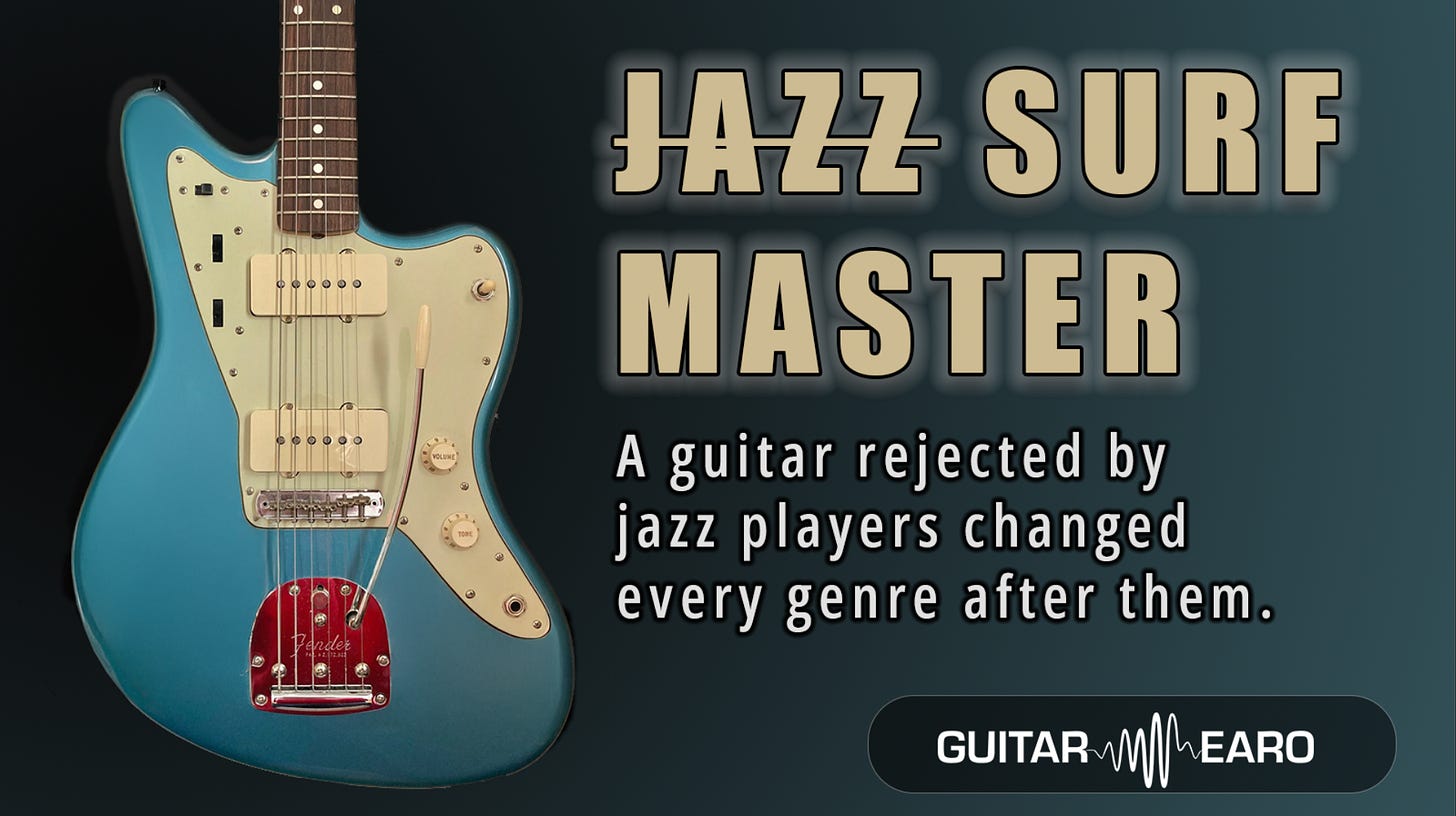Since 1976, few innovations in the guitar world have sparked as much division as the active pickup.
Some call it a revolution. Others call it the death of “soul.”
Let’s dig into why this fight still rages almost 50 years later.
But before we dive in, if you like this content, share it wider!
The Old Guard: Passive Pickups
For decades, the guitar signal chain was simple: coils and magnets.
Passive pickups had flaws, noise, cable loading, volume-pot treble roll-off.
But those flaws became part of the charm.
Roll down a Strat’s volume and you don’t just lose volume, you lose a bit of sparkle in a way that feels musical, almost vocal. Guitarists came to love those quirks.
The Bombshell of 1976
Then came EMG.
Their idea: take low-impedance coils, add an onboard preamp powered by a 9V battery, and buffer the signal before it ever hit your amp.
The result?
Near total elimination of hum
Consistent tone at any volume
Hotter output that could drive amps into smooth saturation
For the first time, guitarists had clean, razor-sharp tone at insane levels of gain.
Who Embraced Them?
Metallica, Slayer, and Zakk Wylde built entire sonic identities around actives. The tight low end and noise-free crunch were perfect for metal’s precision.
Meanwhile, session legends like Steve Lukather loved the clarity in the studio, every note rang out as intended.
But vintage purists hated them.
“Too perfect. Too compressed. Sterile.”
The fight lines were drawn.
Comparing the Sound
Let’s put two classics side by side:
Seymour Duncan JB (passive): ragged, transient-heavy, snarling ‘80s bite.
EMG 81 (active): smooth, compressed attack with endless <a href="do-heavier-guitars-actually-sustain">sustain</a>.
Both sound heavy. One feels wild, the other controlled. That contrast is the crux of the debate.
What Each Side Gives You
Actives:
Long cable runs without treble loss
No interaction with pots/caps, your tone stays the same no matter what
Consistency at any gain level
Passives:
Interactive quirks that change as you roll knobs
More dynamic “feel” under your fingers
A living, breathing tone that shifts with your playing
For some, that unpredictability equals soul.
The Modern Truce
By the 2010s, even EMG softened their stance, releasing “Retro Active” pickups designed to bring some passive-style interaction back.
The culture war cooled, but it never died. Forums are still filled with debates like:
“Actives sound flat.”
“Passives can’t touch my actives’ low end.”
No winner has ever been declared, because this was never just about tone. It was about identity.
The Takeaway
Active pickups are about consistency and power.
Passive pickups are about interaction and character.
One isn’t better. It’s about what inspires you.
But let’s be clear: actives were the last truly new pickup paradigm in guitar history. Everything since has been refinement.
🎸 If this kind of tone nerdery speaks to you, subscribe to Guitar Earo and join the mission.
Learn the tone. Save the sound.




